Peter Steinberger
SwiftUI In Production
#1about 3 minutes
The state of SwiftUI and its production readiness
SwiftUI presents a new way to build UIs but is still new and risky, prompting an exploration of its use in a production SDK.
#2about 3 minutes
A first experiment rewriting settings with SwiftUI
The initial test involved rewriting an existing settings screen in a free app to gain experience and control before tackling a major feature.
#3about 4 minutes
Why SwiftUI was chosen for a new feature
SwiftUI was selected for a new electronic signature feature because it simplifies view updates, aligns with a UI-as-code philosophy, and integrates well with existing high-performance UIKit components.
#4about 4 minutes
Integrating SwiftUI into an existing Objective-C codebase
The new SwiftUI feature is encapsulated within a UIHostingController to maintain an Objective-C API and provide a fallback for older iOS versions.
#5about 7 minutes
Presenting a true popover on iPhone with UIKit
A custom anchor button embedding a UIView is used to access a view controller and present a UIKit popover, bypassing SwiftUI's default sheet presentation on iPhone.
#6about 3 minutes
Centering items in the navigation toolbar
The SwiftUIX library provides a solution for centering toolbar items on iOS 13, while the native .toolbar modifier is used for iOS 14 and newer.
#7about 3 minutes
Debugging and avoiding attributed graph crashes
Attributed graph crashes are difficult to debug, but one common cause is nested GeometryReaders, which can be avoided with conditional logic for specific OS versions.
#8about 1 minute
Fixing ObservableObject for NSObject subclasses
To support Objective-C compatibility on iOS 13, the objectWillChange publisher must be manually implemented for ObservableObject classes that inherit from NSObject.
#9about 4 minutes
Programmatically setting the first responder
View introspection is used to find the underlying UITextField within a SwiftUI view hierarchy to programmatically call becomeFirstResponder and show the keyboard.
#10about 3 minutes
Wrapping UIKit views and bridging to Combine
Custom UIKit views are wrapped using UIViewRepresentable, and legacy notification patterns like KVO and NotificationCenter are bridged to Combine publishers for seamless state management.
#11about 4 minutes
Implementing manual keyboard avoidance for iOS 13
A custom, invisible view is added to the layout, which resizes based on keyboard notifications to manually implement keyboard avoidance on older iOS versions.
#12about 1 minute
Key takeaways from shipping SwiftUI in production
The experiment was a success, providing a robust set of workarounds and increasing team confidence in using SwiftUI for future features despite the initial challenges.
Related jobs
Jobs that call for the skills explored in this talk.
Matching moments

07:19 MIN
Analyzing SwiftUI as a powerful DSL in Swift
Create DSL (Domain Specific Language) on top of Swift

31:53 MIN
Q&A on PWA limitations and platform support issues
PWAs in 2021
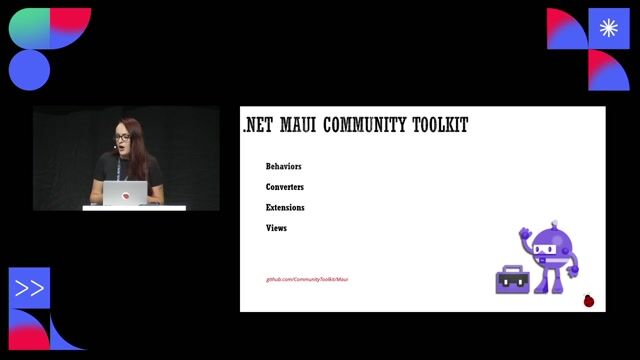
10:20 MIN
Boosting productivity with hot reload and patterns
Discover .NET MAUI
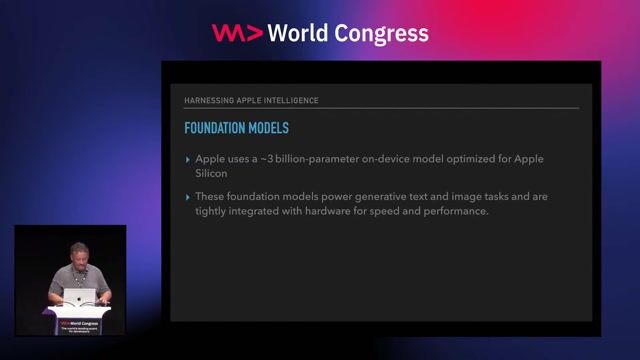
11:34 MIN
Live coding an on-device LLM app with Swift
Harnessing Apple Intelligence: Live Coding with Swift for iOS
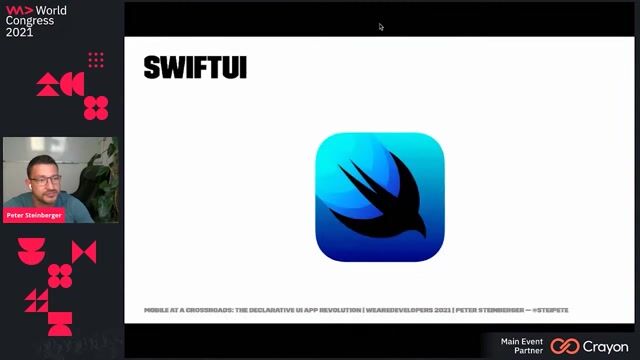
13:38 MIN
An overview of Apple's Swift UI framework
Mobile at a Crossroads: The Declarative UI App Revolution

29:35 MIN
The future of PWAs and cross-platform parity challenges
PWAs in 2021
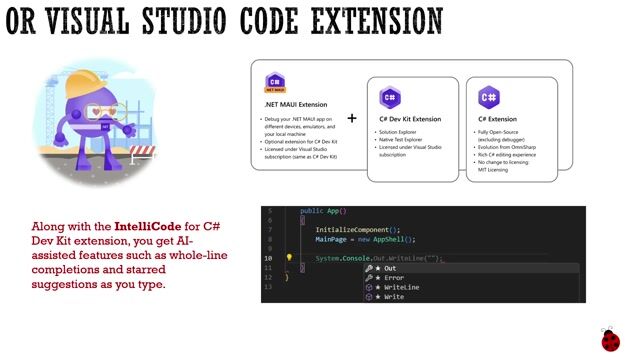
15:12 MIN
A live demo of building a .NET MAUI app
Discover .NET MAUI

26:55 MIN
Q&A on performance, tooling, and alternatives
Discover .NET MAUI
Featured Partners
Related Videos
 44:09
44:09Mobile at a Crossroads: The Declarative UI App Revolution
Peter Steinberger
 44:13
44:13From Zero to Mobile Developer in 45 Minutes With SwiftUI
Andrew Morgan
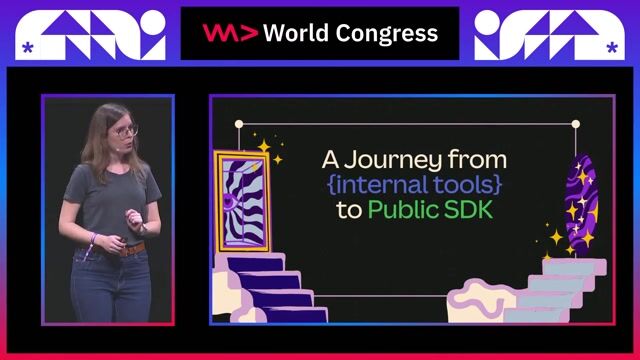 20:06
20:06A Journey from Internal Tools to Public SDK
Lucille Tachet
 28:35
28:35Unlocking Seamless Collaboration: Design-First APIs for UI Components
Lucien Immink
 25:54
25:54Unsolved mysteries between Usability and Accessibility in iOS
Moh’d Abualhuda & Stephan Lemnitzer
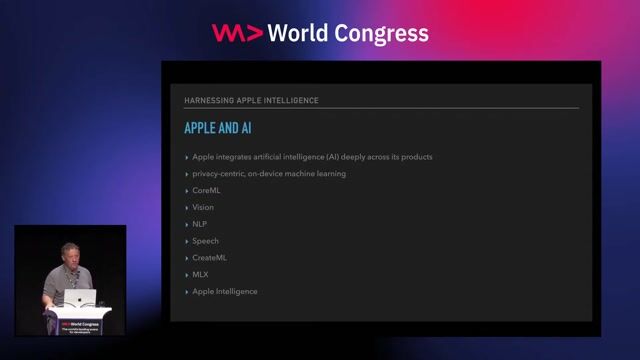 28:54
28:54Harnessing Apple Intelligence: Live Coding with Swift for iOS
MIlan Todorović
 28:48
28:48Apple Vision Pro: Proven Development Methods Meet the Latest Technology
Mario Petricevic
 24:17
24:17View-Transition-API: Gamechanger for hybrid app-development
Sascha Lehmann
From learning to earning
Jobs that call for the skills explored in this talk.
![Senior Software Engineer [TypeScript] (Prisma Postgres)](https://wearedevelopers.imgix.net/company/283ba9dbbab3649de02b9b49e6284fd9/cover/oKWz2s90Z218LE8pFthP.png?w=400&ar=3.55&fit=crop&crop=entropy&auto=compress,format)
Senior Software Engineer [TypeScript] (Prisma Postgres)
Prisma
Remote
Senior
Node.js
TypeScript
PostgreSQL





Software Development Engineer - Test
Apple Firmenprofil
Intermediate
C++
XCode
CMake
Machine Learning
Test Case Design


